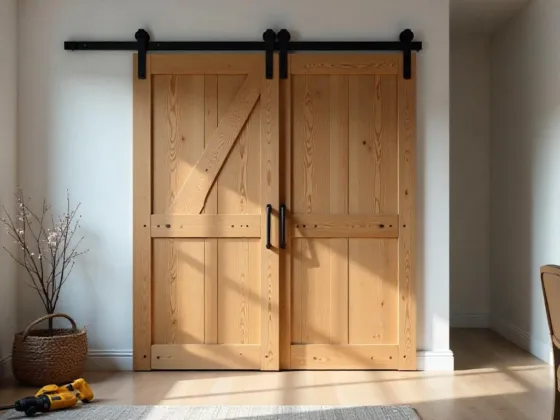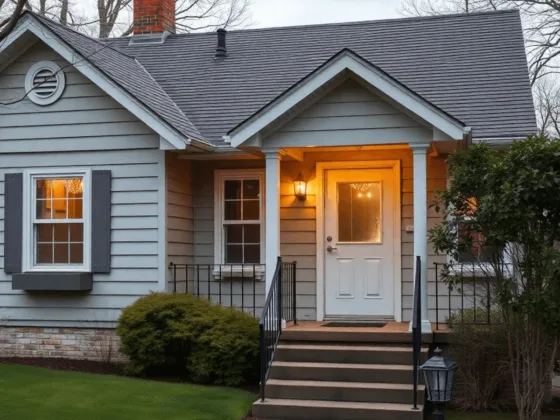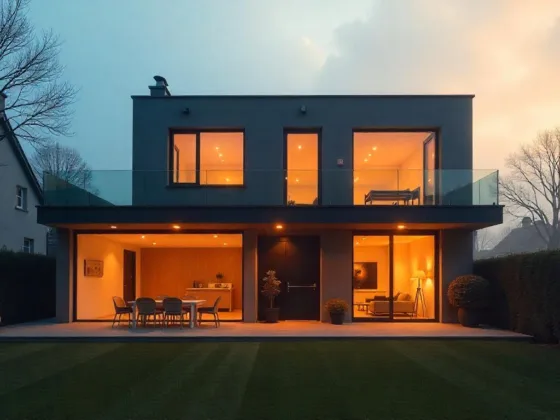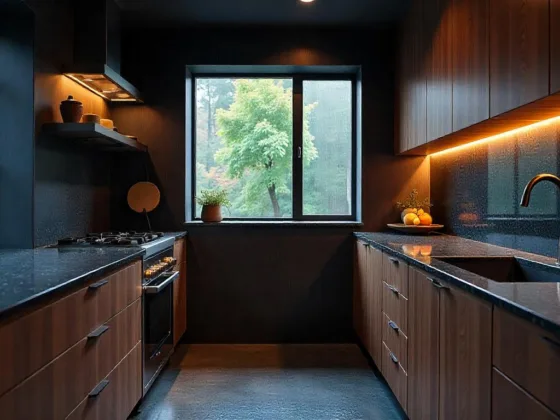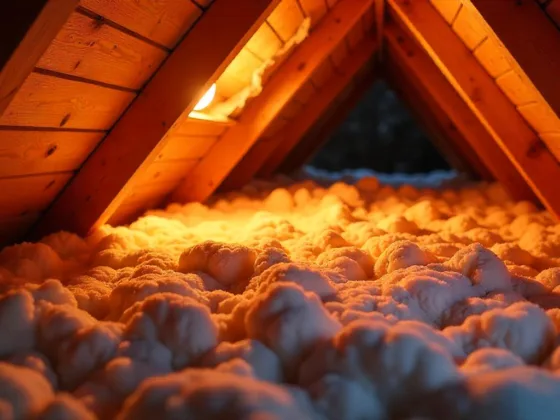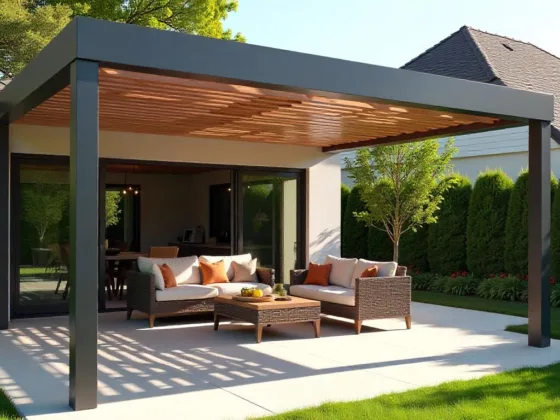A power protection circuit is a system or device that is designed to protect electronic equipment from power fluctuations and surges, as well as other types of power-related problems such as brownouts, overvoltages, and under voltages.
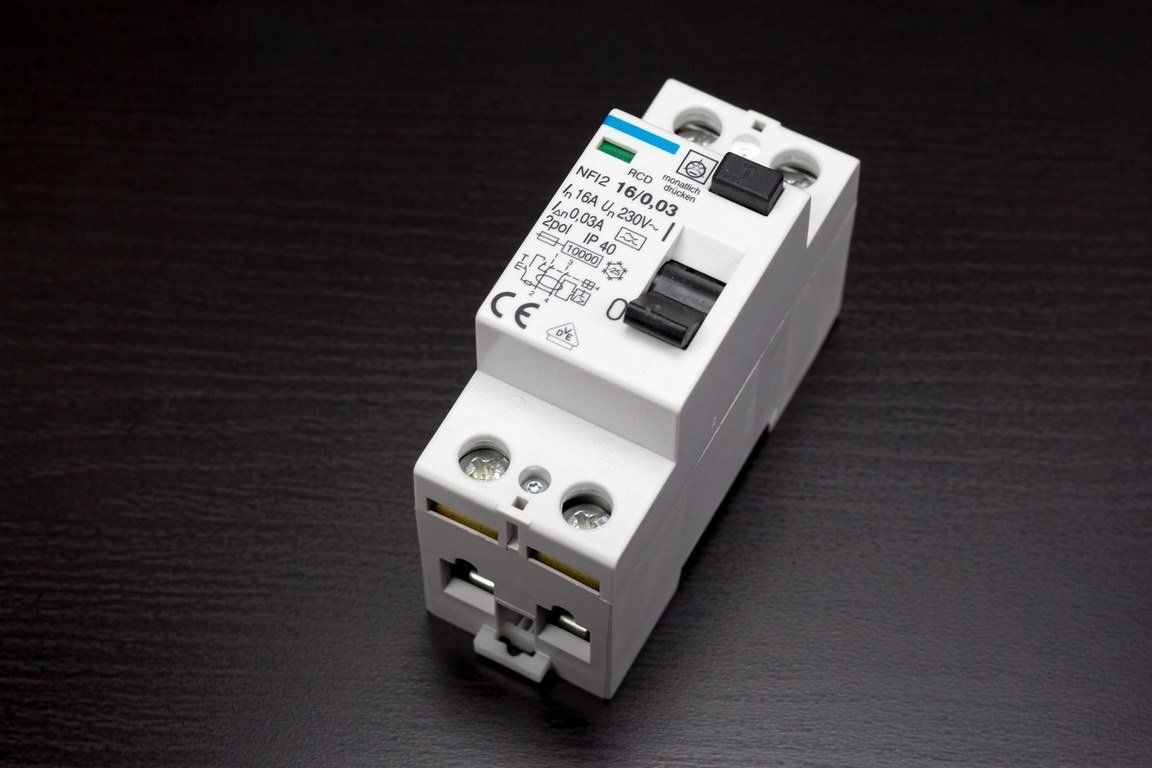
This can include things like voltage regulators, surge protectors, and battery backup systems.
The goal of a power protection circuit is to ensure that the equipment it is protecting receives a stable and reliable power supply and to minimize the risk of damage or disruption caused by power-related issues.
Types of Power Protection Circuits
Chint Power Protection circuits are available in an abundance of variants depending on specific requirements and a diversity of applications. With that said, let’s understand some PPCs
- Voltage regulators: These devices regulate the voltage supplied to the equipment, ensuring that it receives a stable and consistent voltage, even if the input voltage fluctuates.
- Surge protectors: These devices are designed to protect equipment from power surges and spikes, which can cause damage or disruption. They do this by diverting excess voltage away from the equipment.
- Uninterruptible power supplies (UPS): A UPS is a battery-backed power supply that can provide temporary power in the event of a power outage. This allows the equipment to continue running until an alternate power source can be found.
- Line conditioners: These devices clean up the power supplied to the equipment by removing any noise or interference on the line. This can include things like electromagnetic interference (EMI) and radio frequency interference (RFI).
- Transient voltage suppressors: These devices are designed to protect against voltage transients. They are typically used in conjunction with other protection devices such as surge protectors, to provide an extra layer of protection.
- Over/under voltage protection: This type of protection circuit is designed to protect electronic equipment from overvoltage and under-voltage conditions, which can cause damage or disruption.
These are some of the commonly used power protection circuits, but there are other specialized types as well depending on the application and requirement.
Read Also:
Key tips you Should Consider When Choosing a Power Protection Circuit
When choosing a power protection circuit, there are several key factors to consider, including:
- Equipment requirements: The power protection circuit you choose should be appropriate for the equipment it will be adhering protection. This includes things like the voltage and current requirements, as well as any specialized needs the equipment may have.
- Power quality: The power protection circuit should be able to address the specific power-related issues that are most likely to occur in your environment. This can include things like voltage fluctuations, surges, and brownouts.
- Reliability: The power protection circuit should be reliable and able to provide consistent protection for the equipment. This includes things like the quality of the components used and the design of the circuit.
- Ease of use and maintenance: The power protection circuit should be easy to install and maintain, with clear instructions and a user-friendly design.
- Cost-effectiveness: The cost of the power protection circuit should be reasonable, and the overall cost of ownership should be considered, including the cost of replacement parts, maintenance, and repair.
- Scalability: If you anticipate your power needs will change, the power protection circuit should be scalable to accommodate those changes.
- Certifications: Make sure the product has certifications and standards such as UL, CE, RoHS, etc to ensure the product is tested and meets the industry standards.
- It’s important to carefully evaluate your equipment and power needs and consult with an expert or vendor when selecting a power protection circuit to ensure you’re getting the right one for your specific application.
Automation and Power Protection Circuit
- Power circuitry and automation refer to the use of electronic systems and devices to control and monitor the flow of power in industrial and commercial settings. This can include things like power distribution systems, power management systems, and motor control systems.
- The goal of power circuitry and automation is to improve the efficiency and reliability of power systems, while also reducing costs and increasing safety.
- It’s equipped with a strong anti-interference ability to ensure stability impact and reliability restricted to 2000v impulse
- Automation channels for remote monitoring and optimal control of power systems, as well as the ability to detect and respond to power-related issues in real time.
This includes things like automated load shedding, which can help to prevent power outages and protect equipment from damage.
Power circuitry and automation can help to optimize energy usage and assist in cost-efficiency associated with electricity consumption.



